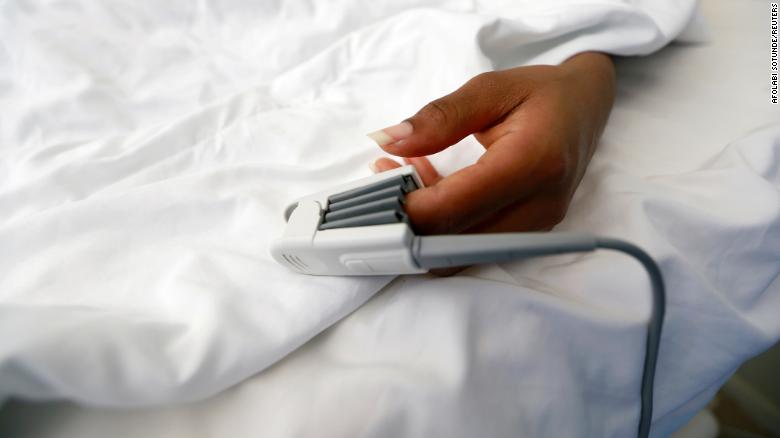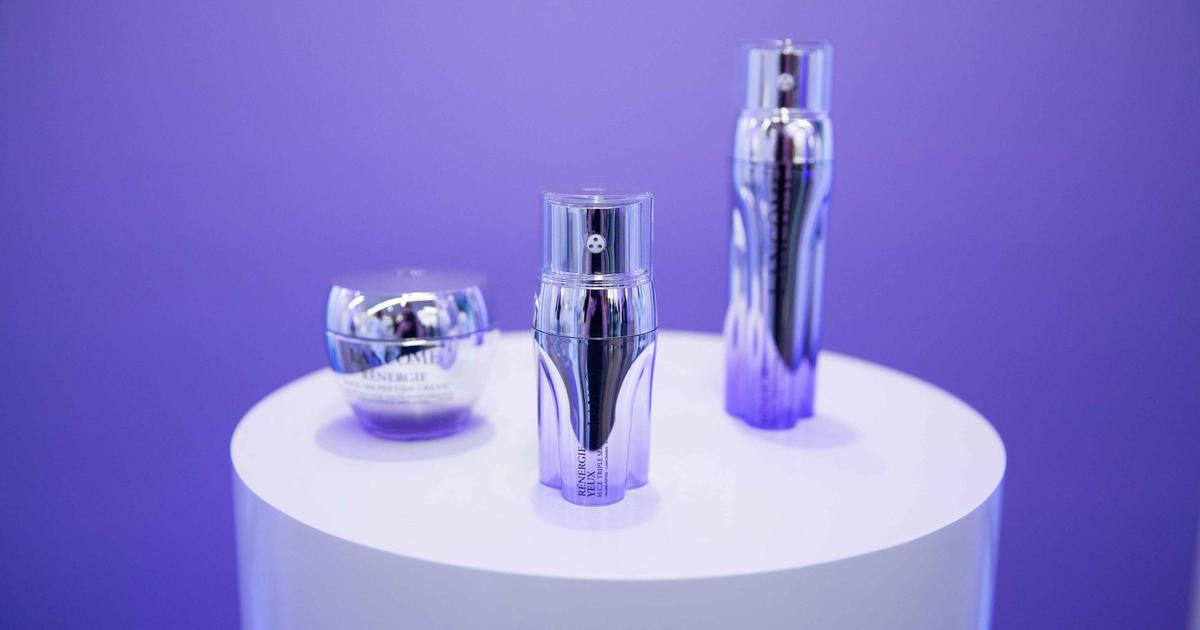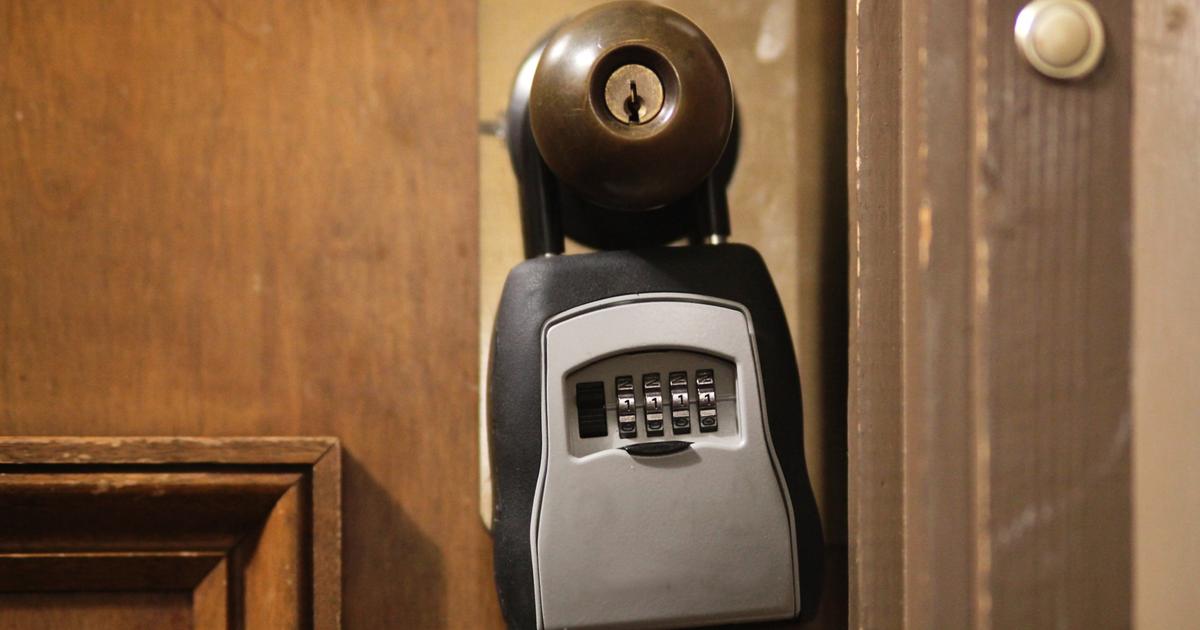(CNN) -
In the fight against covid-19, the pulse oximeter has been a fundamental tool for doctors and other medical professionals.
But the small device that monitors oxygen levels may not work well for people with dark skin, according to multiple studies and government health agencies.
Pulse oximeters, whose use has increased during the pandemic, can give inaccurate results, the US Food and Drug Administration warned on Friday.
Earlier in the week, the U.S. Centers for Disease Control and Prevention also updated its clinical guidance on coronavirus to warn doctors and nurses that data from various studies suggests that skin pigmentation can affect the precision of the devices.
"While pulse oximeters can be helpful in estimating blood oxygen levels, these devices have limitations that can result in inaccurate readings," said Dr. William Maisel, director of the Office of Product Evaluation and Quality at the FDA Center for Devices and Radiological Health in a statement.
Pulse oximeters are small, tweezer-shaped devices that attach painlessly to the patient's finger and constantly monitor the amount of oxygen in the blood.
Covid-19 is a respiratory disease, which means that it attacks the lungs first, so low oxygen levels are a sign that the patient may be getting worse.
CDC data shows that Black Americans, Latinos, and Native American Indians are four times more likely to be hospitalized with COVID-19 than others in the United States.
The recent warnings come after a study published in December in the
New England Journal of Medicine
.
Dr. Michael Sjoding and several colleagues from the University of Michigan analyzed data from more than 10,000 patients.
For each patient, they compared the oxygen levels recorded by a pulse oximeter with those measured by arterial blood gas, a much more accurate, but painful and invasive procedure.
advertising
The researchers wanted to know how often the pulse oximeter showed a relatively normal oxygen level when it should have registered something more concerning.
In Caucasian patients, the pulse oximeter gave a misleading figure 3.6% of the time.
In black patients, it was 11.7%.
The bottom line, says Dr. Sjoding, is that pulse oximeters were three times more likely to lose significantly low oxygen levels, or hypoxemia, in black patients.
The study suggests that one in 10 black patients may be getting misleading results.
People are buying pulse oximeters to try to detect the coronavirus at home.
Do you need to have one?
Why the readings are not accurate
There is a relatively simple explanation why.
Pulse oximeters work by sending two types of red light through your finger.
A sensor on the other side of the device captures this light and uses it to detect the color of the blood;
bright red blood is highly oxygenated, while blue or purplish blood is less.
If the device is not calibrated for darker skin, pigmentation could affect how light is absorbed.
Dark nail polish can have a similar effect.
Experienced physicians don't rely solely on the pulse oximeter to make a diagnosis or decide on a patient's treatment, says Dr. Michelle Ng Gong, chief of Critical Care Medicine and chief of Pulmonary Medicine at Montefiore Medical Center in New York .
"They would never tell a patient that I don't care how bad they feel, as long as that number is right, don't worry," says Dr. Gong.
«It is a tool.
And as a tool, we need to be able to use it correctly in the context of other information.
But, says Dr. Gong, during the pandemic, when hospitals are overwhelmed and doctors who are not normally in the emergency room are brought in to see and classify patients, the numbers on a pulse oximeter can carry more weight. .
An inaccurate reading could be particularly troublesome if the patient's oxygen level is borderline.
Doctors must also be aware of their own unconscious biases, says Dr. Gong.
Studies show, for example, that when blacks complain of pain, they are less likely to be given as much (or no) pain reliever as whites.
If a patient says they have trouble breathing, doctors shouldn't rule it out just because the pulse oximeter reading is normal.
"The only way that health disparities can be reduced," says Dr. Gong, "is if we attack them from multiple ends, both from the most important contributions and from our personal interactions."
Doctors aren't the only ones using pulse oximeters either.
As hospitals reached full capacity during the pandemic, some Covid-19 patients with less severe symptoms were sent home to monitor their progress.
According to market research, sales of home pulse oximeters have increased 500% since the new coronavirus arrived in the United States.
Amy Moran-Thomas, a professor of anthropology at MIT, began researching pulse oximeters last year when her husband was sent home with one.
The findings are not new
Moran-Thomas discovered studies dating back to the 1990s that suggested there was a problem with pulse oximeters in darker-skinned patients.
In 2005, a study conducted at the Hypoxia Lab at the University of California, San Francisco, found that three different models of pulse oximeters overestimated oxygen levels in dark-skinned patients.
They did a follow-up study in 2007 with similar results.
“A reading of 77 like my husband's could hide a true saturation as low as 69, an even greater immediate danger.
But EMTs or admitting nurses might not be able to spot those discrepancies.
The number seems objective and racially neutral, ”Moran-Thomas wrote in the Boston Review.
Moran-Thomas wondered why the problem, identified decades ago, had not yet been solved.
"I'm a pulmonary and intensive care physician," says Dr. Sjoding, who began his study after reading Moran-Thomas's article.
“One of our co-authors is a prominent black physician from the University of Michigan.
None of us knew this.
None of us had known about these studies since the mid-2000s. It was not part of our training.
Public attention appears to be improving.
On January 25, several US senators sent a letter to the FDA urging them to investigate the matter.
The FDA is responsible for approving any medical pulse oximeter before it goes on the market.
The agency currently requires pulse oximeters to be tested on a variety of skin tones, meaning "at least 2 (test subjects) dark pigmented or 15% of the subject group, whichever is larger."
The FDA says it is carefully reviewing the available data to determine if additional guidelines or studies are needed from the agency.
It recently approved a smartphone pulse oximeter that claims to work on all skin tones, using an automatic calibration period of 10-20 seconds to accurately measure how light moves through the user's skin.
"These devices are not intended to be the sole or primary use of the information to make a clinical diagnosis or treatment decision," Dr. Maisel told CNN in an interview Wednesday.
"Someone should not put too much trust in a pulse oximeter reading, even if it is the most accurate product."
"Just make sure you are aware of that when making decisions," says Dr. Sjoding.
The pulse oximeter reading could be a couple of points away.
And if that's the case, would you care for this patient in a different way?
Covid-19 Pandemic












